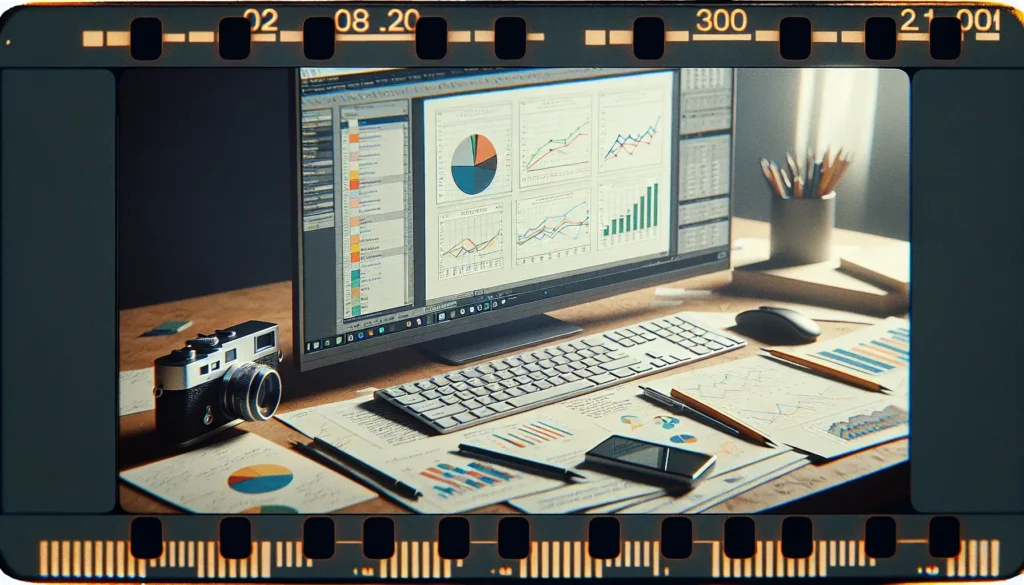Tracking changes in Word documents allows you to easily see edits made by yourself or others. This helps collaborate on documents and maintain version control. In this comprehensive guide, we’ll cover everything you need to know about tracking changes in Word.
Turning On Track Changes
The first step is to turn on the Track Changes feature. Here’s how:
- Go to the Review tab in the Word ribbon
- Click the Track Changes button. This button toggles Track Changes on and off Track Changes button
- You’ll see Track Changes has turned on when edits are now marked with redline strikethroughs or underlines
You can also use the keyboard shortcut Ctrl + Shift + E to toggle Track Changes on and off.
Once enabled, any new edits made to the document will be visibly tracked until you turn this feature off again.
Viewing Tracked Changes
With Track Changes turned on, you’ll see edits marked in the document, but Word also provides specialized ways to view the changes:
Reviewing Pane
The Reviewing Pane gives you a list of all tracked changes. To open it:
- Go to the Review tab
- Click Reviewing Pane
- The pane will now show all edits by date, author, type, etc.
From here you can filter edits, see their details, or jump to them in the document by clicking on them.
View By Specific Reviewers
If multiple people edit the document, you can view changes by individual reviewers:
- Go to the Review tab
- Click the down arrow by the Track Changes button
- Select Reviewers > choose a reviewer’s name
- Now only edits by that person will show in the document
View Specific Change Types
To only see certain kinds of edits like deletions or formatting changes:
- Go to the Review tab
- Click the down arrow by the Track Changes button
- Check off the specific change types you want to see
- Only those selected changes will now show in the document
Printing Tracked Changes
Sometimes you’ll need to print out the changes for review. Here are a few options:
Print Menu Options
- Go to File > Print
- Under Settings, check off Print Markup to include a summary of edits
- Or check off Document Showing Markup to print the edits as visible in the document
Print List of Revisions
To get a standalone list of edits:
- Go to the Review tab
- Click the down arrow by the Track Changes button
- Select Print > List of Markup
- This will print just the list of revisions without the document text
Accepting or Rejecting Changes
Once you’ve reviewed edits made by others, you can accept or reject them:
Individual Changes
Right-click on an edit, then choose:
- Accept Change: applies edit to document
- Reject Change: reverts edit in document
All Changes at Once
To accept or reject everything at once:
- Go to the Review tab
- Click the down arrow by the Track Changes button
- Choose Accept All Changes or Reject All Changes
Accepting permanently applies changes to the document text. Rejecting undoes changes.
Comparing Documents
If you forgot to turn on Track Changes and want to see edits, use Word’s compare documents feature:
- Go to the Review tab
- Click Compare > choose the original and edited documents
- A new document shows changes between versions with redline markups
While not as robust for collaboration, this lets you view and print changes after the fact.
Adding Comments
For reviewing documents without directly editing them, add comments instead of tracked changes:
- Highlight the relevant text
- Go to the Review tab
- Click New Comment
- Type your comment in the sidebar
Comments will appear down the right margin with icons flagging their location in the text.
To quickly respond to existing comments, right-click on one and click Reply. Comments allow threaded conversations perfect for collaboration.
With that, you should now have a solid grasp of how to use Track Changes in Word! It’s one of Word’s most useful features for managing edits from multiple people while maintaining document versions.
Some key things to remember:
- Use Track Changes for real-time tracking of edits
- Leverage the Reviewing Pane and view filters to inspect changes
- Print markups for review or distribution
- Accept/reject changes once reviewed
- Compare documents to retroactively see changes
- Add comments for discussion without editing text
Used well, these tools will take your Word documents collaboration to the next level. Whether working on your own or managing a team, document change tracking is essential.





